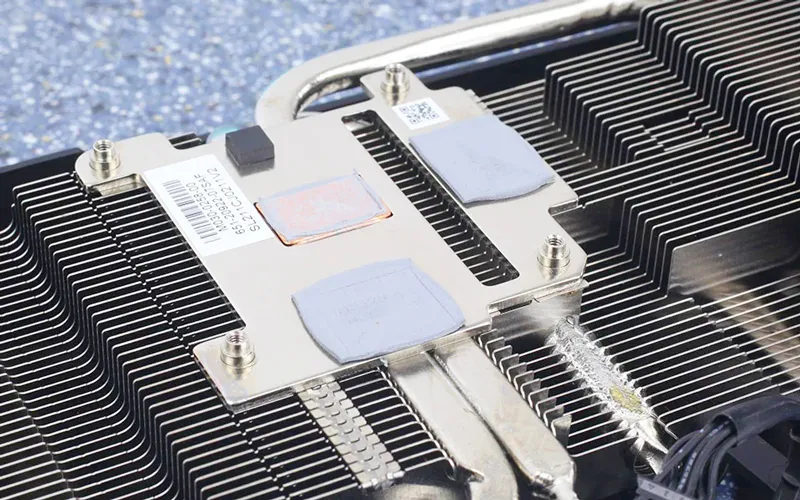Thermal Pads vs Thermal Paste?
- Posted on:2023-09-12 10:05:00
- Source:AOK Thermal Pad Manufacturer FAQs
Thermal pads and thermal paste are both used in electronic cooling systems to facilitate heat transfer between heat-generating components (such as CPUs or GPUs) and their respective heatsinks. However, they have different characteristics and applications.
Thermal Pads
Thermal pads are made of a soft, solid material, usually silicone or a similar polymer. They come in pre-cut shapes and sizes and are designed to be placed between the heat source and the heatsink. Thermal pads offer convenient installation and are typically reusable.
They provide good thermal conductivity and insulation properties, helping to fill any gaps or imperfections between the components. Thermal pads are generally thicker than thermal paste, which helps compensate for uneven surfaces and create a more uniform thermal interface.
Thermal Paste
Thermal paste, also known as thermal compound or thermal grease, is a semi-liquid or paste-like substance. It's typically applied as a thin layer directly onto the heat source (e.g., CPU) before attaching the heatsink. Thermal paste is available in various formulations, such as silicone-based, metal-based (e.g., silver or ceramic), or carbon-based, each offering different levels of thermal conductivity.
It helps to fill microscopic gaps and irregularities between the components, improving heat transfer. Thermal paste requires precise application and should be reapplied when removing or reseating the heatsink. Choosing between thermal pads and thermal paste depends on the specific cooling requirements and the components being used.
Here are some considerations:
Accessibility: Thermal pads are easier to use and install, making them suitable for situations where frequent heatsink removal or adjustment is required.
Heat Transfer Efficiency: Thermal paste generally provides better thermal conductivity compared to thermal pads. It's often preferred for high-performance applications or when overclocking components.
Component Compatibility: Some components, such as high-power CPUs or GPUs, may benefit from the superior heat transfer capabilities of thermal paste.
Surface Irregularities: Thermal pads are more forgiving when it comes to uneven surfaces, as they can better conform to the contours and gaps between components.
Reusability: Thermal pads can be reused multiple times, whereas thermal paste usually needs to be reapplied if the heatsink is removed.
The choice between thermal pads and thermal paste depends on the specific cooling requirements, the components involved, and personal preferences. It's important to consider factors such as thermal conductivity, ease of installation, reusability, and compatibility when making a decision.
If you would like to learn more about AOK performance thermal materials, please visit our website at www.aok-technologies.com


